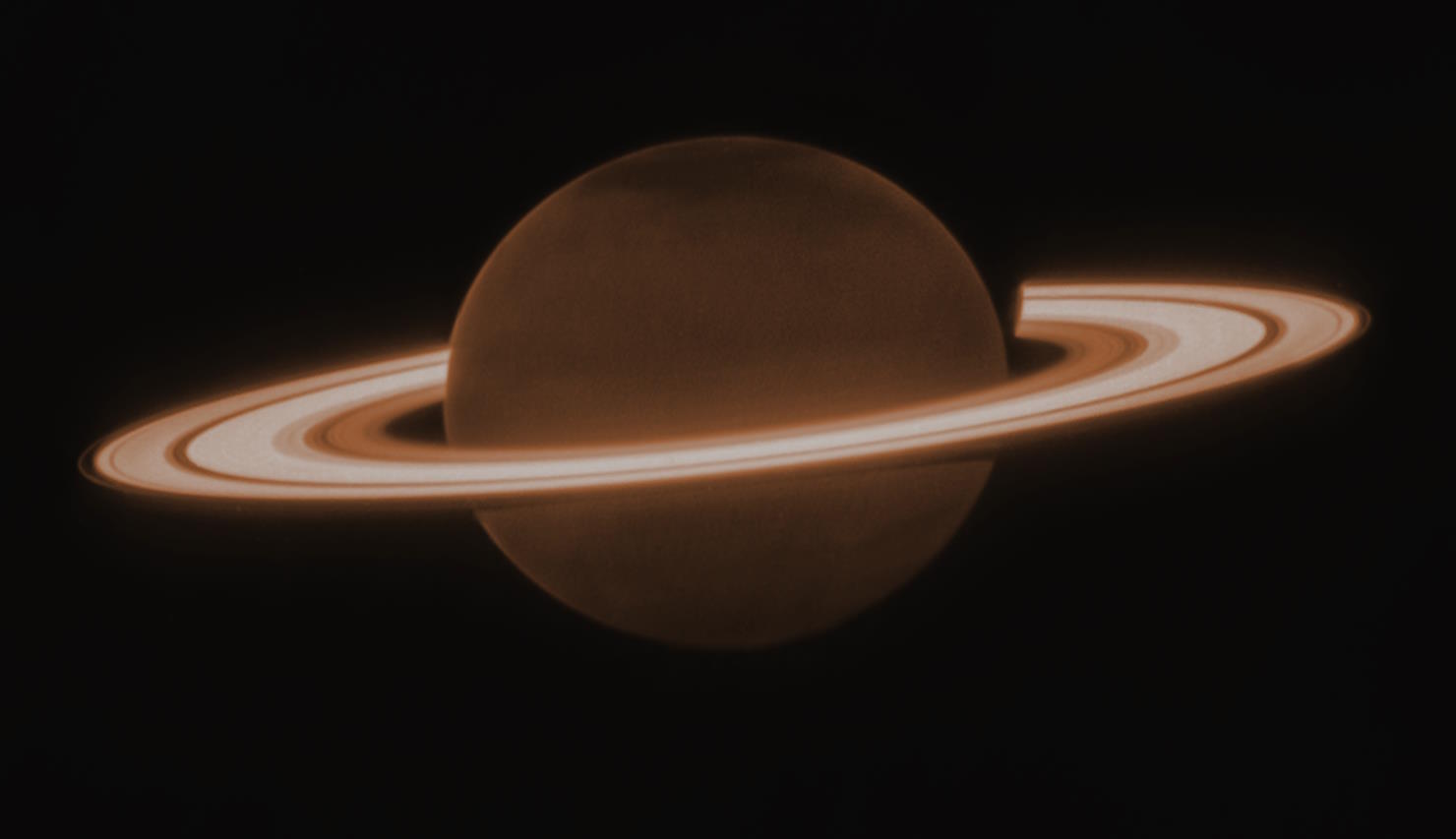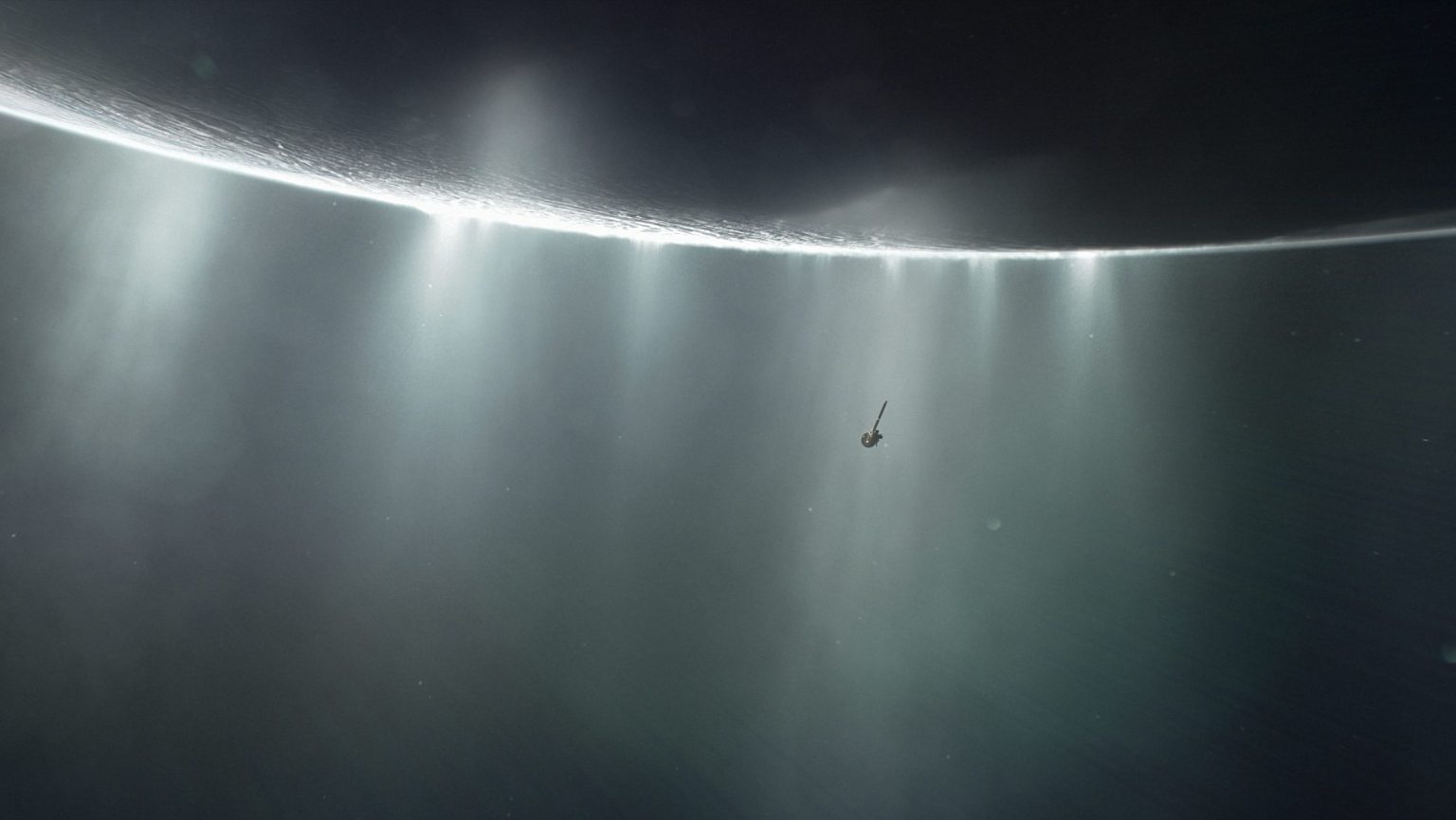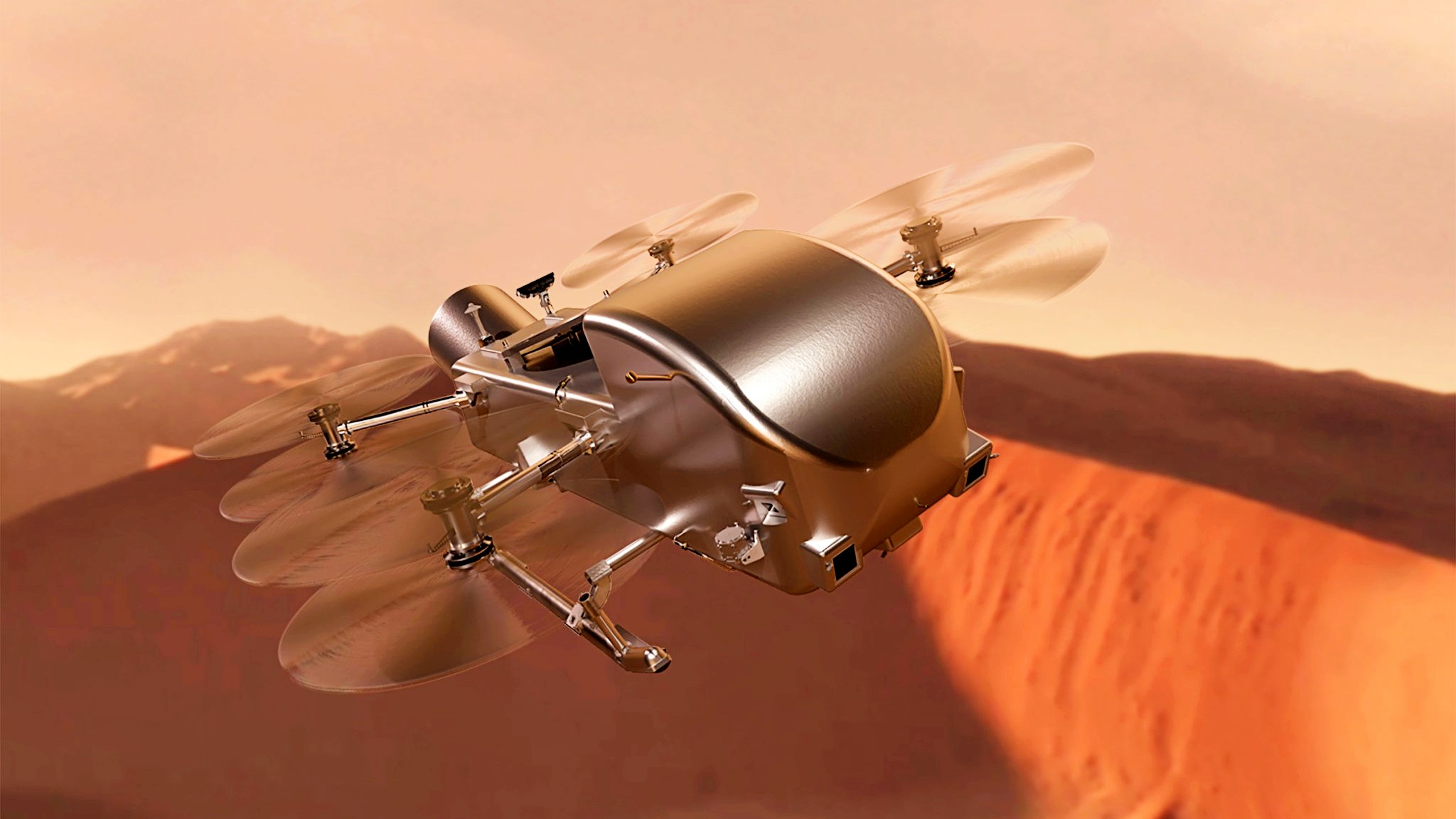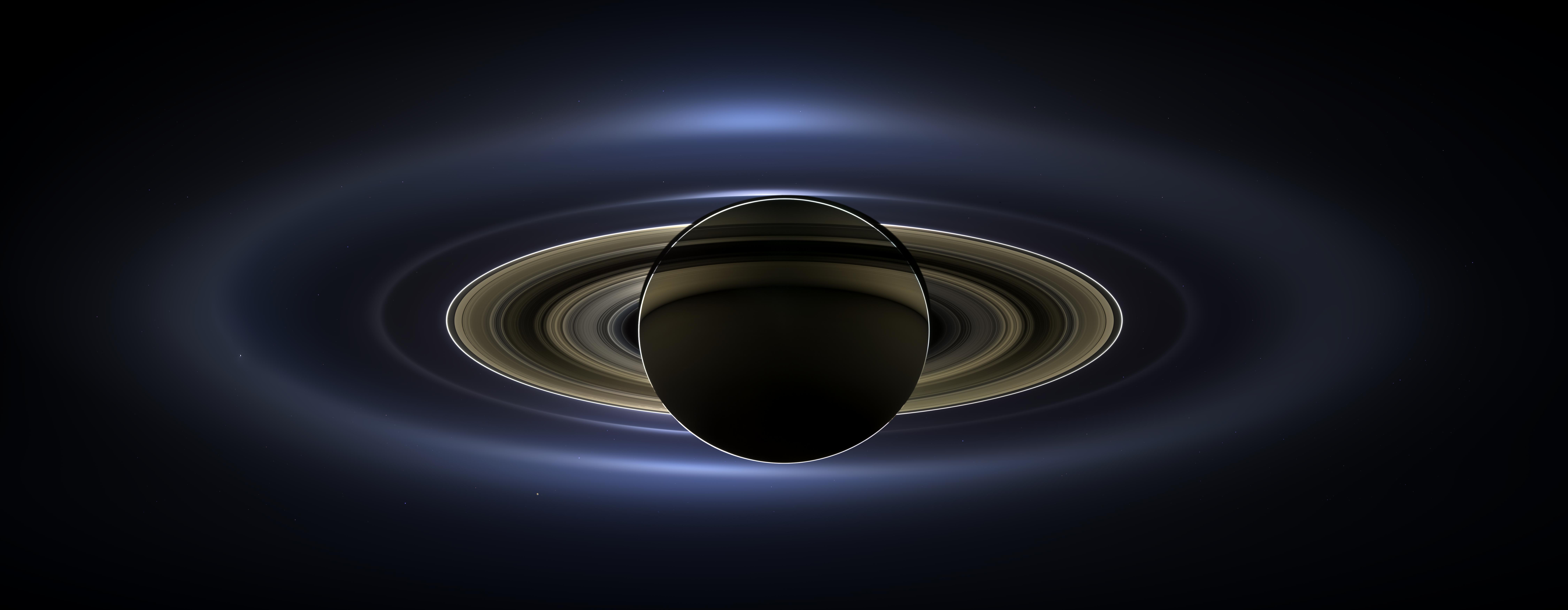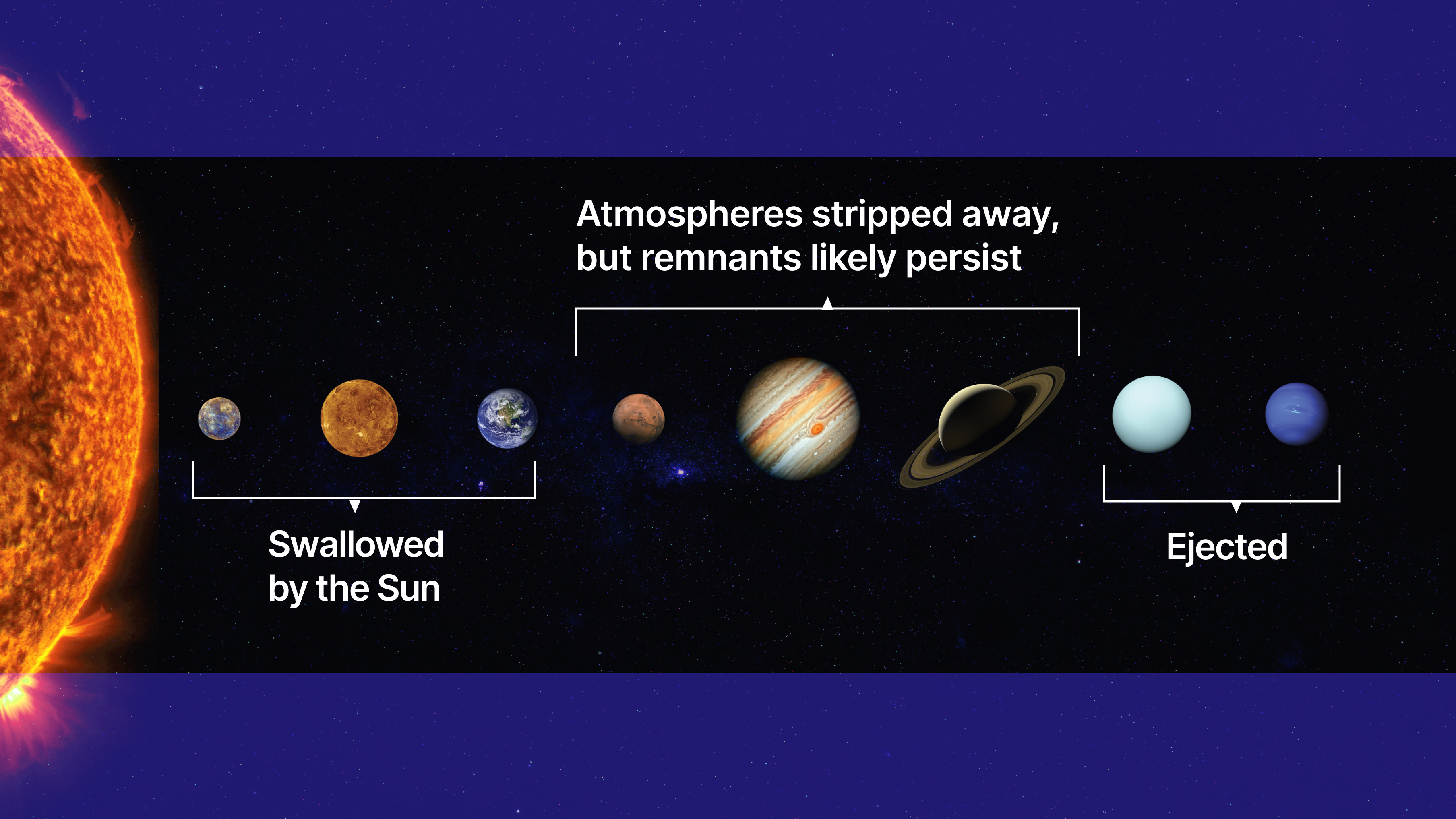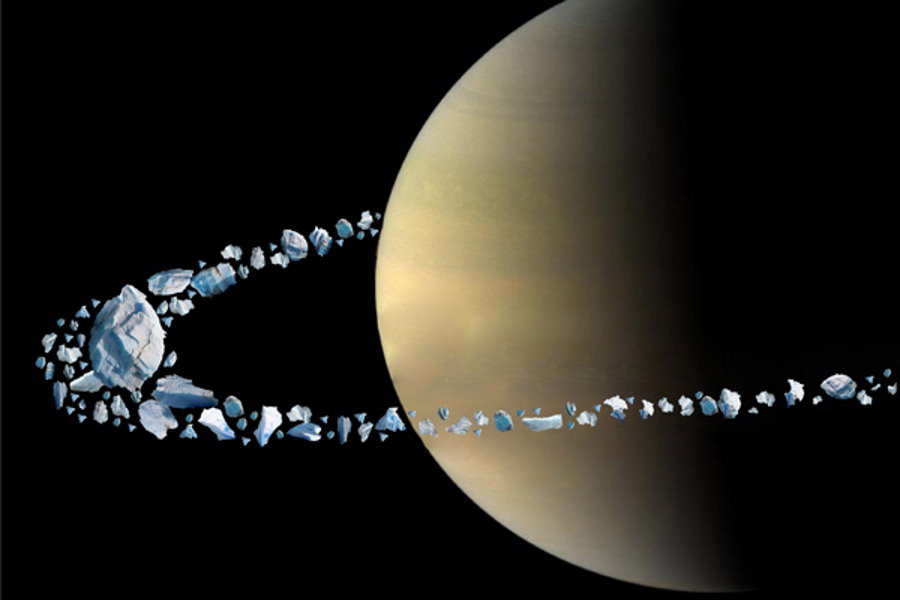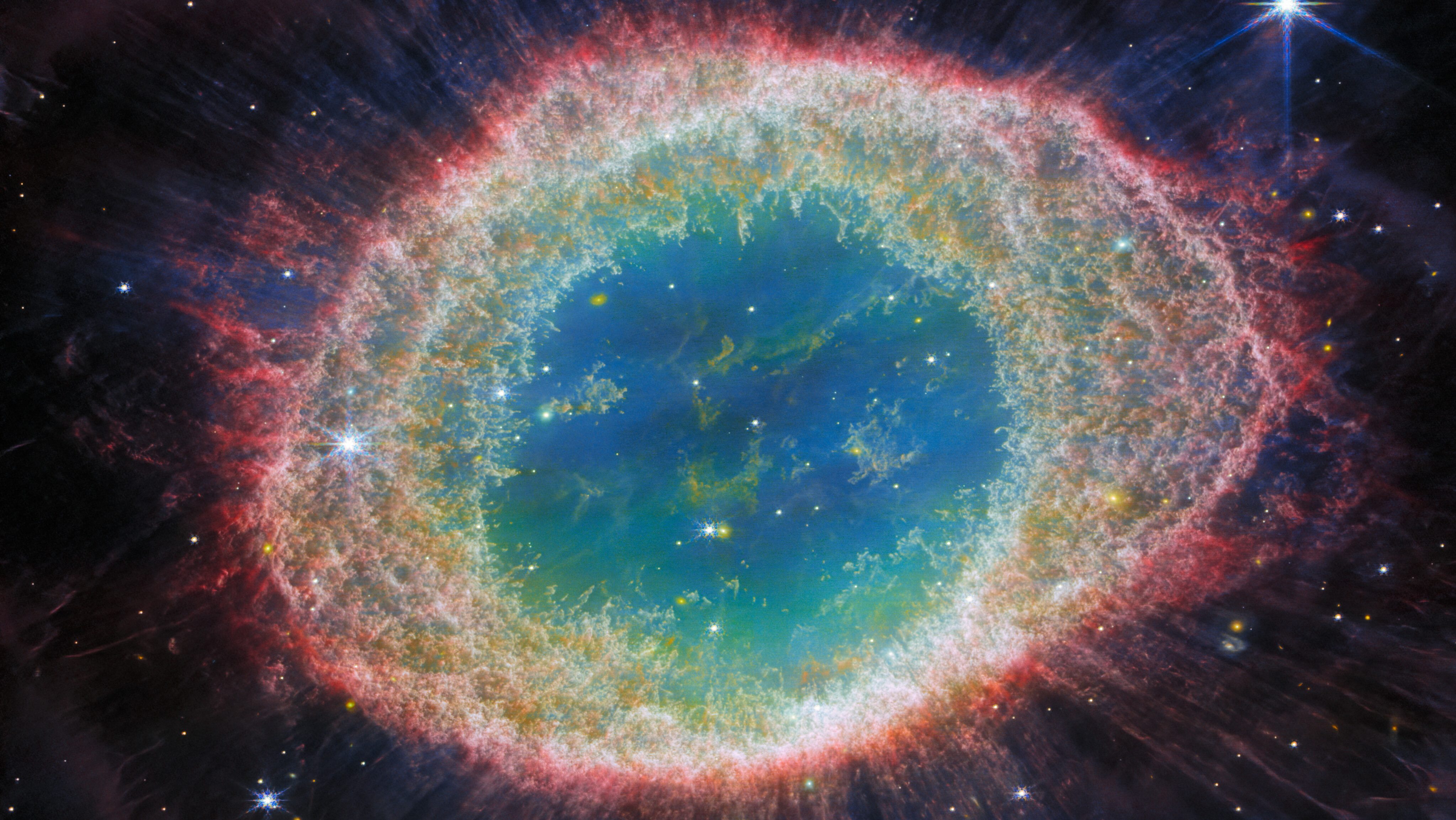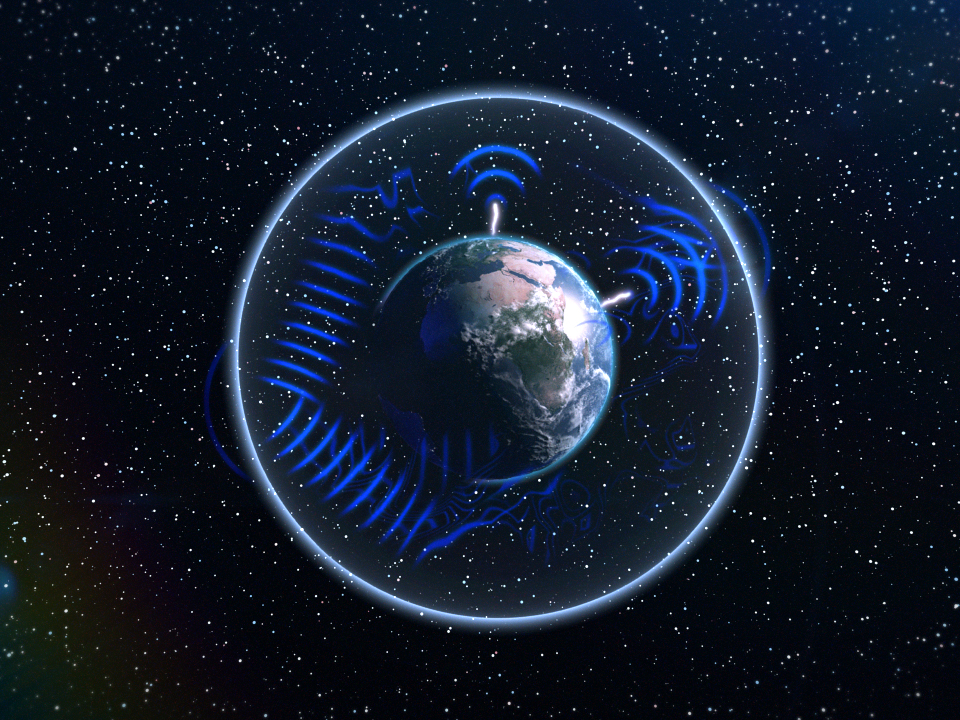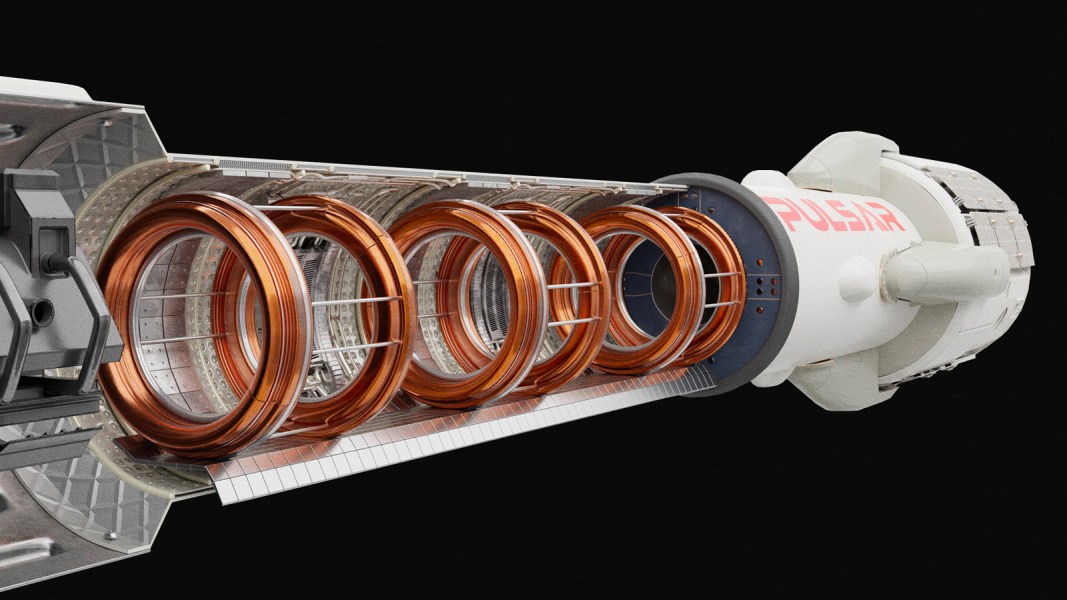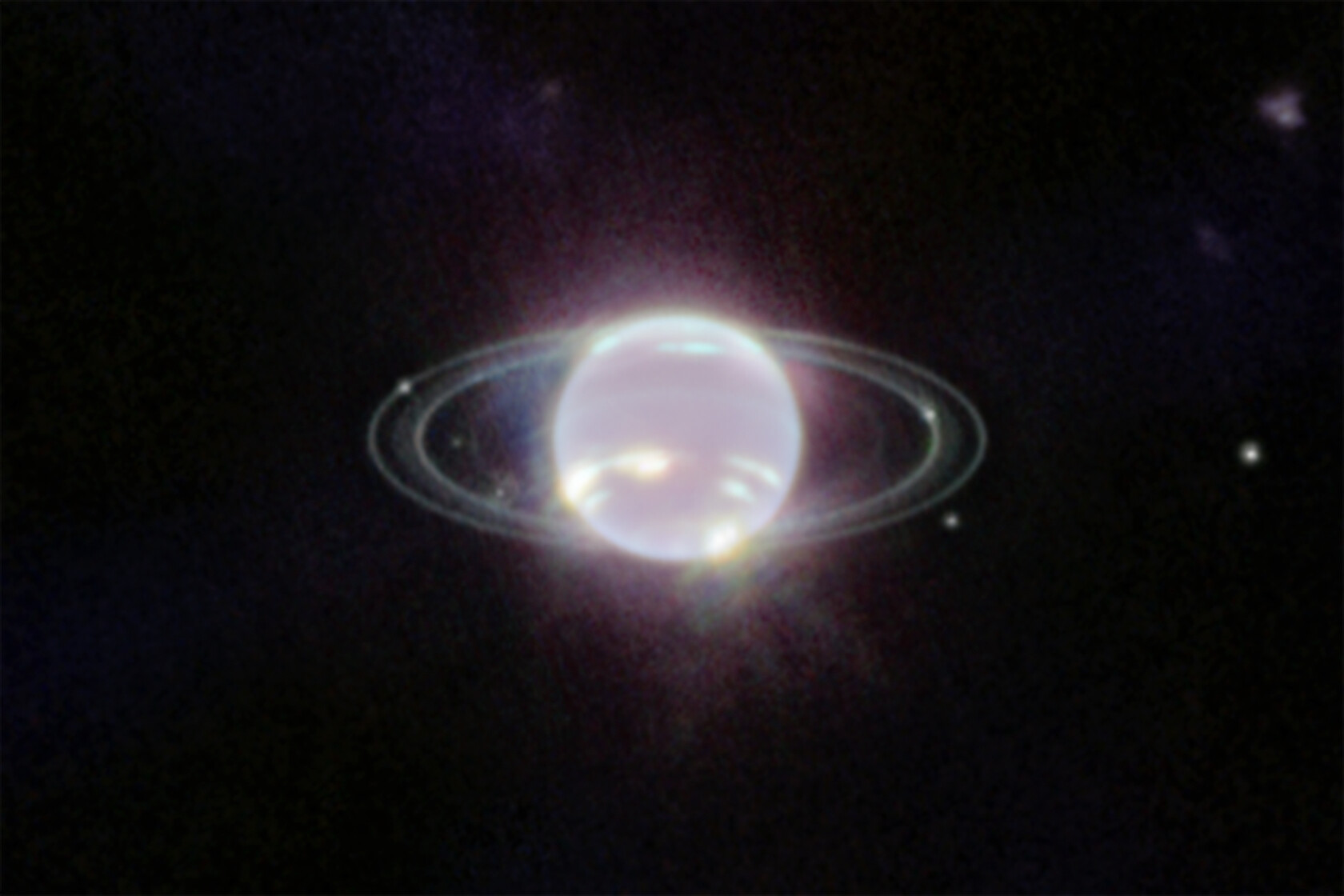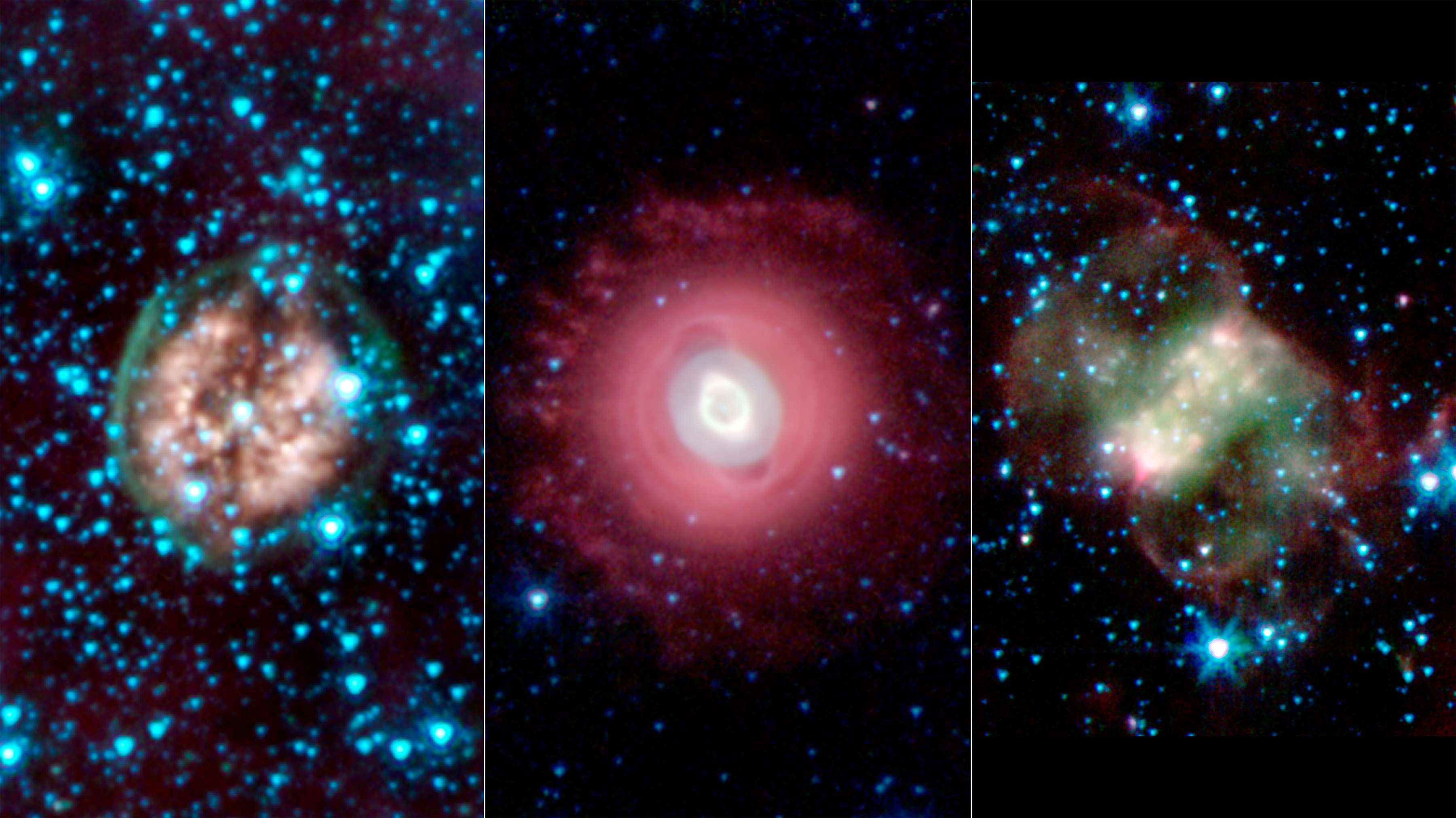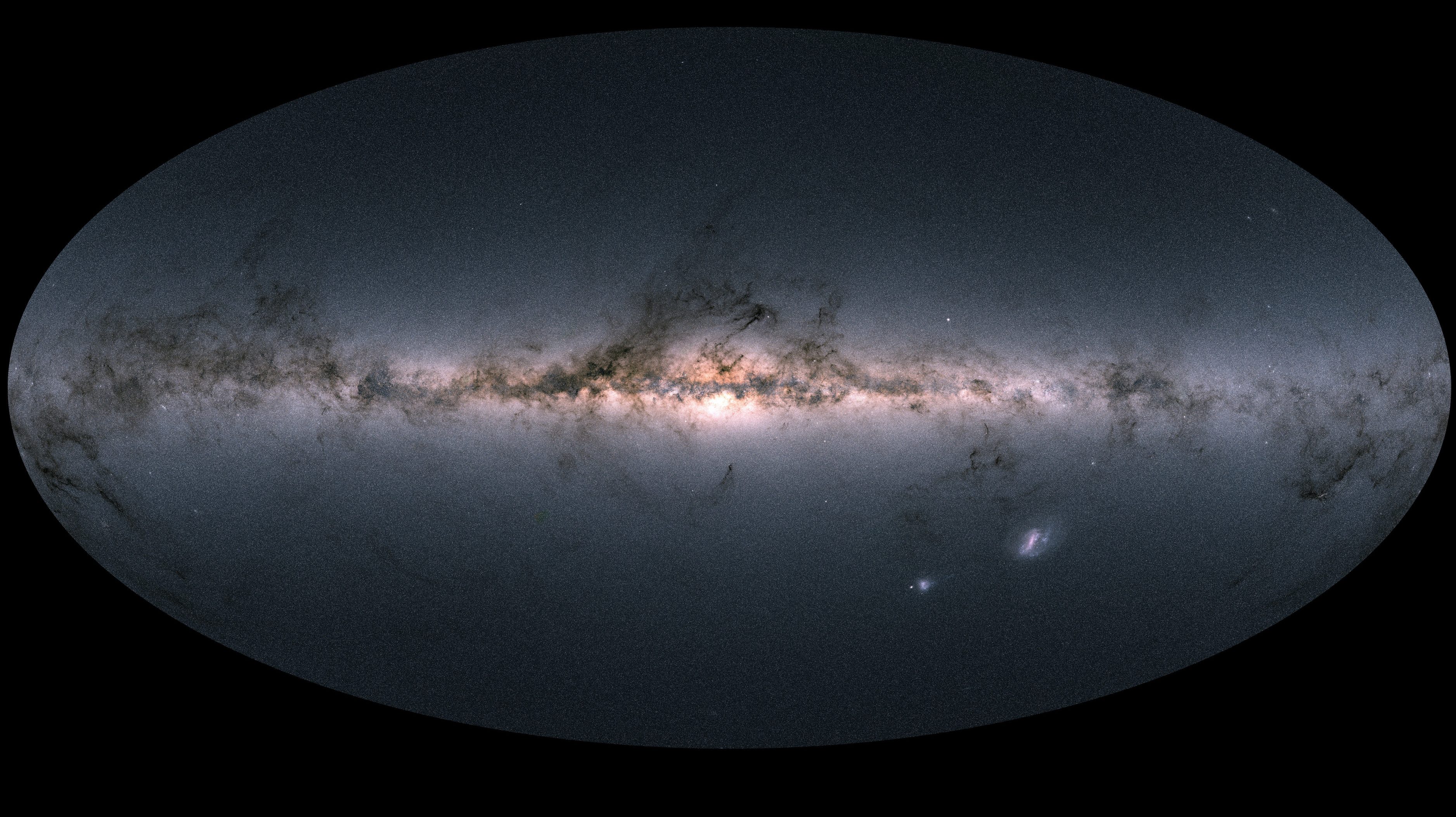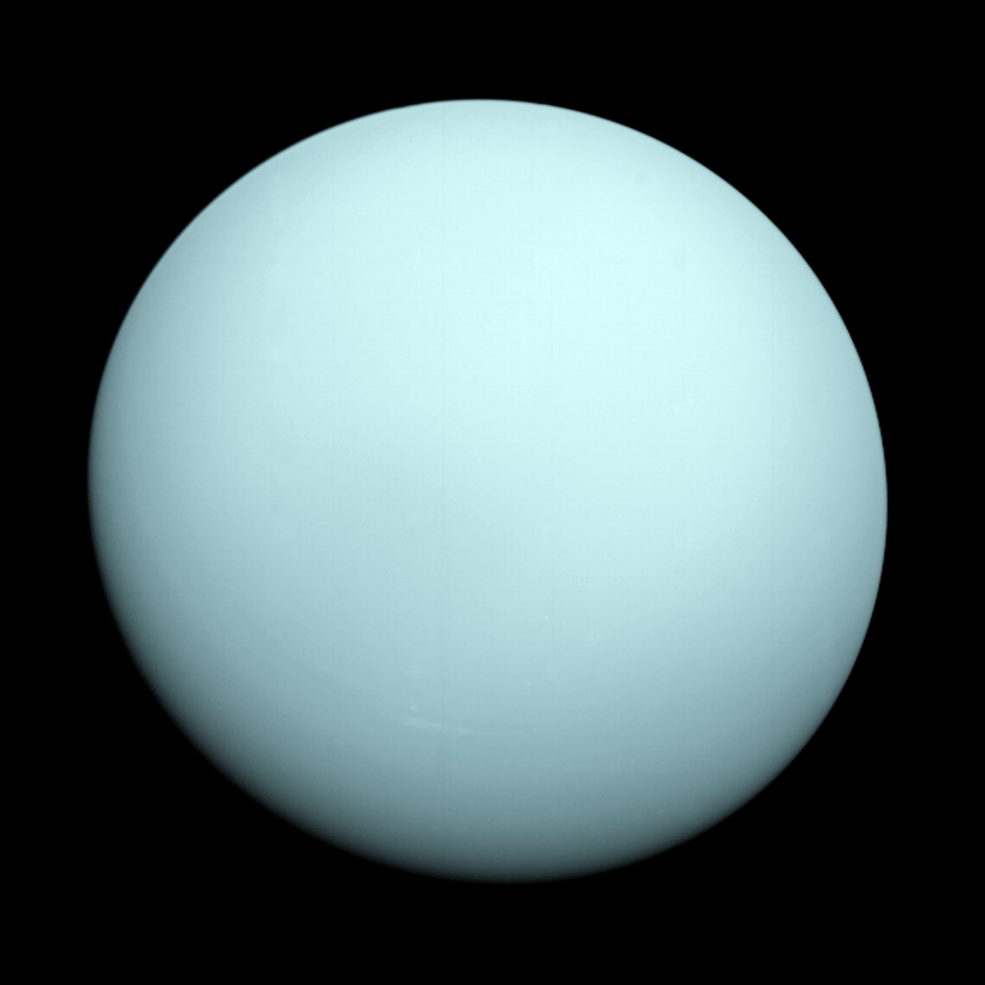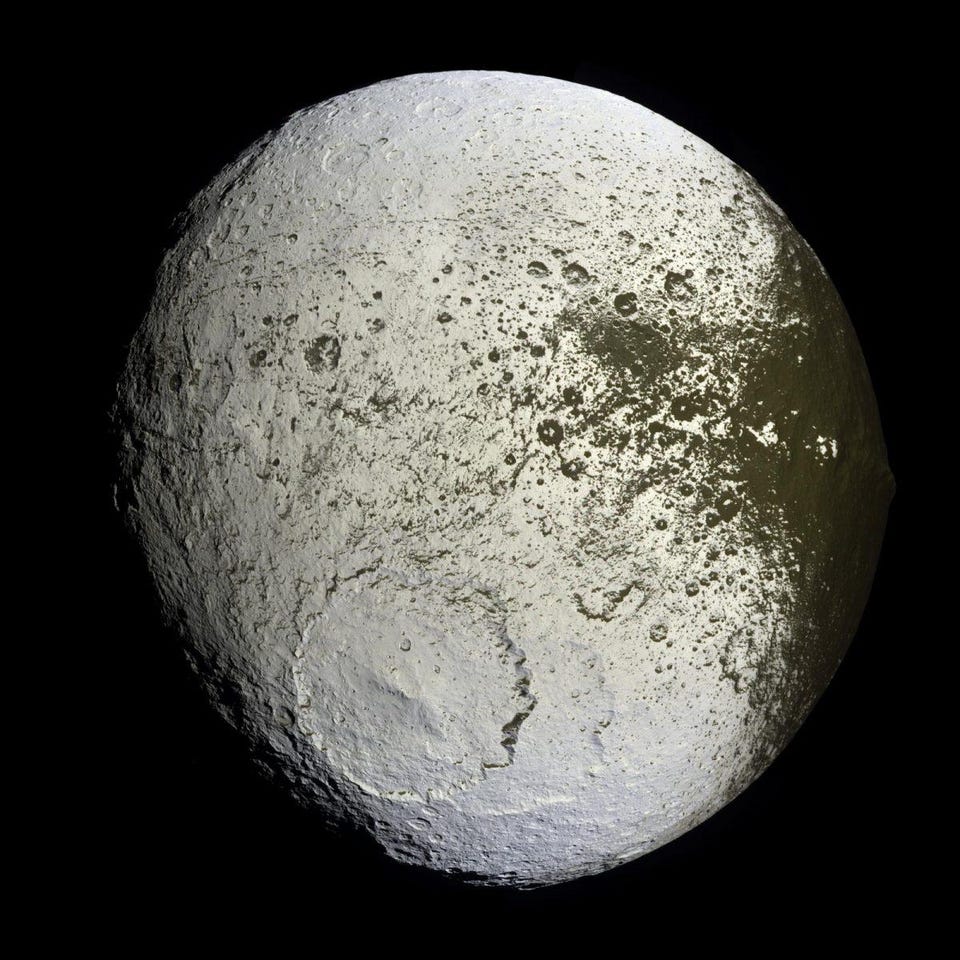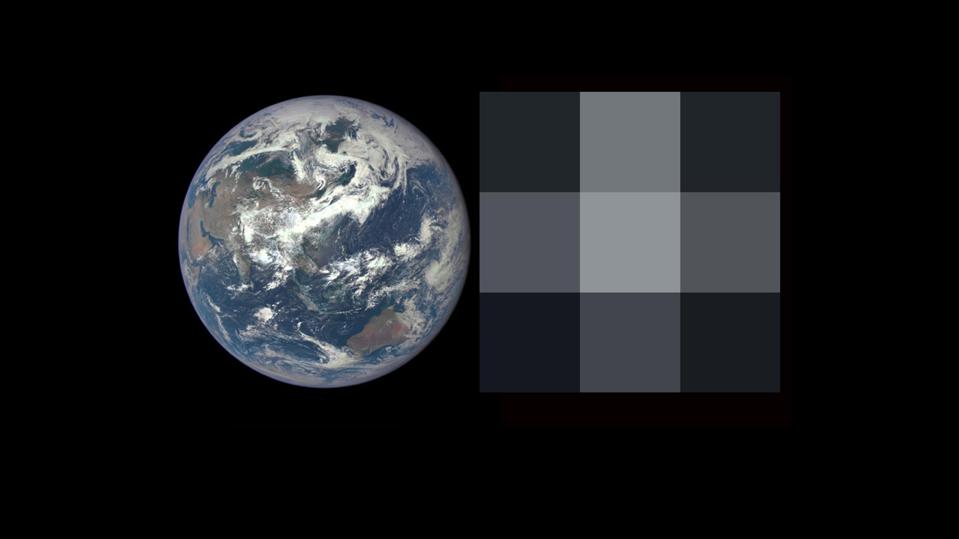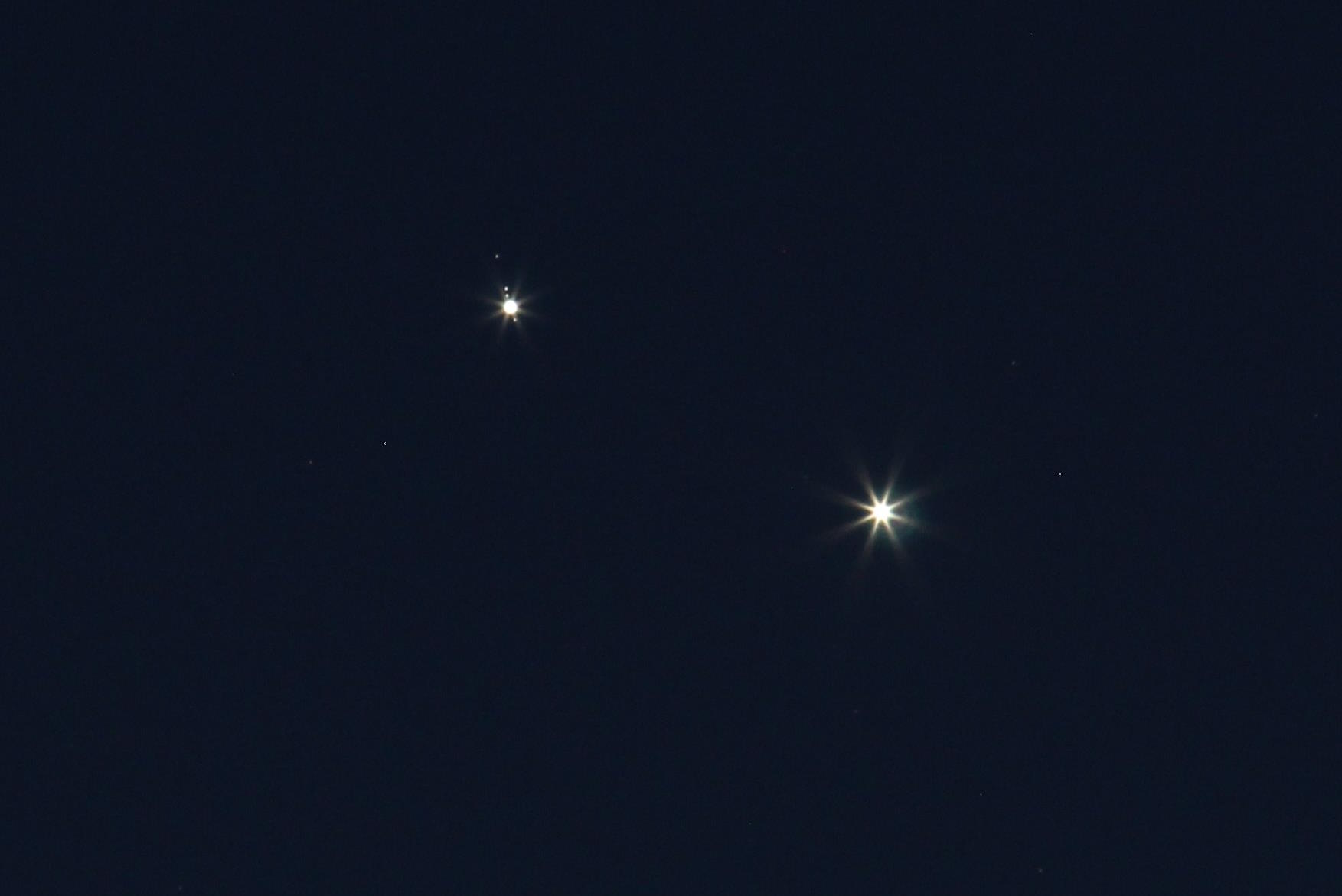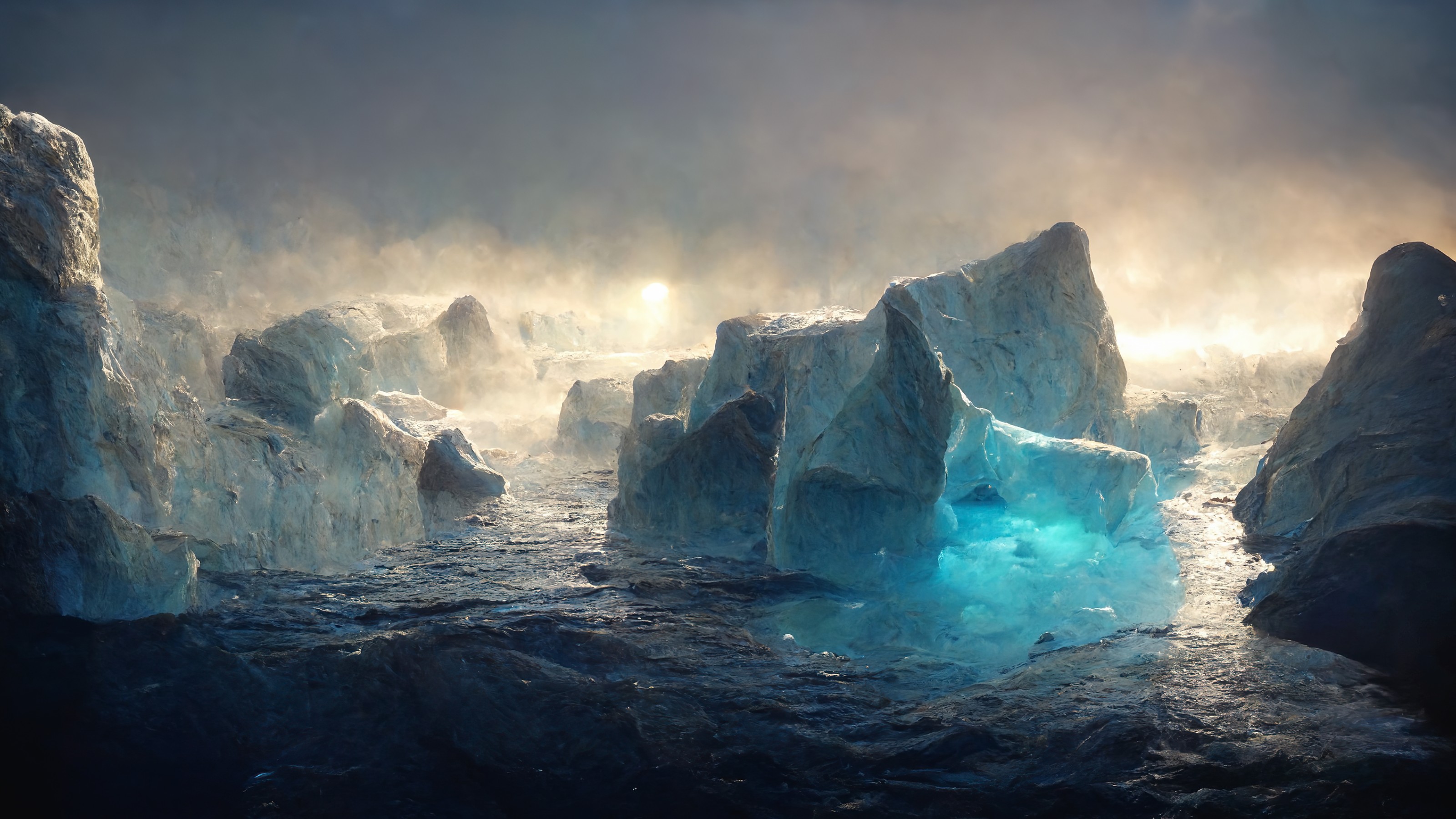While Saturn and its moons all appear faint and cloudy to JWST, Saturn’s rings are the star of the show. Here’s the big scientific reason.
Search Results
You searched for: Saturn
This research team is working out how to detect extraterrestrial cells in the liquid water ocean hidden beneath Enceladus’s icy crust.
NASA’s minivan-sized drone is scheduled to search for signs of life on Titan in 2034.
Can two planets stably share the same orbit? Conventional wisdom says no, but a look at Saturn’s moons might tell a different story.
The outer planets’ clouds hide the weirdness within.
If there’s life lurking on the moons of Saturn and Jupiter, could our instruments even detect it?
The secret ingredient is violence, and it just might indicate that “moonmoons” aren’t as uncommon as most astronomers think.
For now, our Solar System’s eight planets are all safe, and relatively stable. Billions of years from now, everything will be different.
Since the time of Galileo, Saturn’s rings have remained an unexplained mystery. A new idea may have finally solved the longstanding puzzle.
From the coldest planets to spacecraft that have exited the Solar System, these little-known facts stump even many professional astronomers.
The Universe is an amazing place. Under the incredible, infrared gaze of JWST, it’s coming into focus better than ever before.
Planets can be Earth-like or Neptune-like, but only rarely are in between. This hot, Saturn-like planet hints at a solution to this puzzle.
The Schumann resonances are the background hum of the entire planet. But they don’t affect humans in any way.
2022 was another busy year in the realm of science, with groundbreaking stories spanning space, materials, medicine, and technology.
It could cut the time needed to reach Mars in half.
Get ready for the most peculiar road trip that will help you understand the vastness and emptiness of the solar system — and Sweden.
The James Webb Space Telescope viewed Neptune, our Solar System’s final planet, for the first time. Here’s what we saw, and what it means.
In the night sky for March of 2022, only stars and the Moon, not planets, will greet you. The real show, however, arrives just before dawn.
What kind of object will you form? What will its fate be? How long will a star live? Almost everything is determined by mass alone.
For thousands of years, humanity had no idea how far away the stars were. In the 1600s, Newton, Huygens, and Hooke all claimed to get there.
We’ve only seen Uranus up close once: from Voyager 2, back in 1986. The next time we do it, its features will look entirely different.
Saturn’s Iapetus, discovered way back in 1671, has three bizarre features that science still can’t fully explain.
Back in 1990, we hadn’t discovered a single planet outside of our Solar System. Here are 10 facts that would’ve surprised every astronomer.
In our Solar System, even the two brightest planets frequently align in our skies. But only rarely is it spectacularly visible from Earth.
Following the advent of human space flight, NASA began naming missions after children of Zeus.
Some microbes can withstand Earth’s most inhospitable corners, hinting that life may be able to survive similarly extreme conditions on other worlds.
All across the Universe, planets come in a wide variety of sizes, masses, compositions, and temperatures. And most have rain and snow.
Neutrons can be stable when bound into an atomic nucleus, but free neutrons decay away in mere minutes. So how are neutron stars stable?
The universe’s largest seismometer reveals clues about the Gas Giant’s interior.
Physicists have increasingly begun to view life as information-processing “states of matter” that require special consideration.
